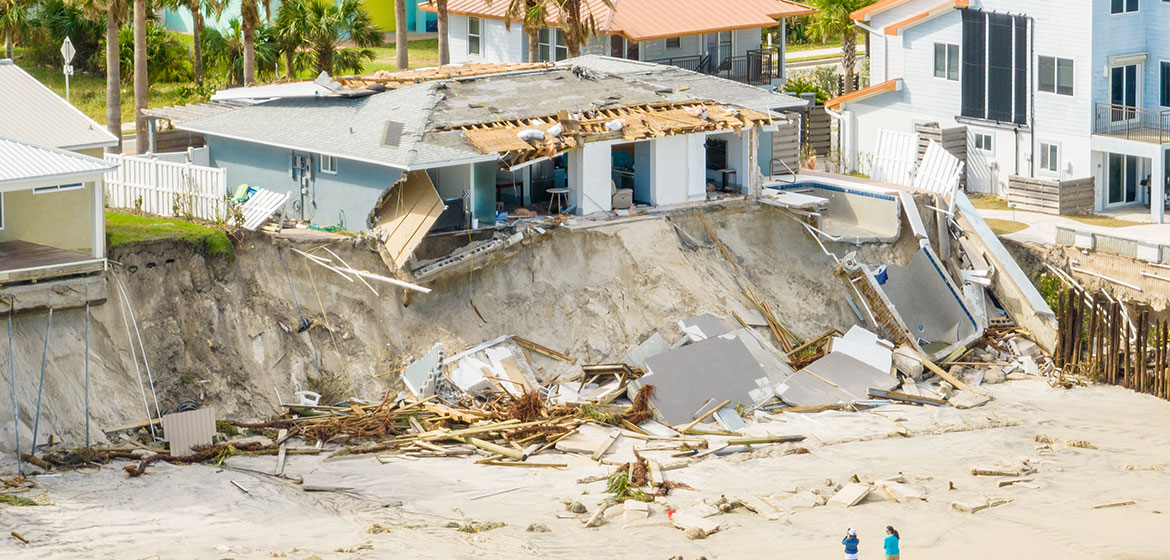How Hurricanes Impact Restaurant Operations: Challenges Faced By Owners

As a powerful force of nature, hurricanes can cause widespread devastation, affecting various aspects of daily life. One industry that is significantly impacted by hurricanes is the restaurant industry. Restaurants, whether large or small, can experience a range of consequences when a hurricane strikes. From damage to supply chain disruptions to customer behavior changes, hurricanes can pose significant challenges to restaurant operations. Keep reading to understand in detail how hurricanes impact restaurants.
Physical Damage
One of the most immediate and obvious effects of a hurricane on restaurant operations is physical damage to the establishment itself. High winds, storm surges, and flooding can cause structural damage, destroy equipment, and disrupt utilities such as electricity and water supply. Roof damage, broken windows, and flooding can render a restaurant unsafe and unusable until repairs are made. This can result in temporary or even long-term closure, leading to lost revenue and potential customers. Some restaurant owners would get in touch with public adjusters to inspect the damages to help with their insurance claims.
Employee Availability and Safety
The safety and availability of restaurant employees can also be greatly affected by hurricanes. Employees may need to evacuate or may be unable to travel to work due to transportation disruptions, damage to their homes, or safety concerns. This can result in staffing shortages, making it difficult for restaurants to operate at full capacity or even remain open. Additionally, the safety of employees during and after a hurricane is a top priority for restaurant owners. Evacuation orders, power outages, and unsafe working conditions may require restaurants to close temporarily to ensure the well-being of their employees, which can impact business operations.
Changes in Customer Behavior
During and after a hurricane, customers’ behavior may change, which can further impact restaurant operations. For example, people may stock up on groceries and other supplies in anticipation of the hurricane, leading to decreased restaurant sales as consumers eat at home. After a hurricane, there may be changes in the local population, with some residents displaced or temporarily relocated, leading to changes in customer traffic and spending patterns. Additionally, consumer confidence may be affected, and people may be more cautious about dining out due to concerns about safety, leading to decreased restaurant patronage and revenue.
Rebuilding and Recovery Costs
After a hurricane, restaurants may face significant costs associated with rebuilding and recovery. This can include repairing physical damage, replacing damaged equipment, restocking supplies, and addressing any necessary upgrades or improvements to meet building codes and safety regulations. These costs can add up quickly and strain the financial resources of restaurant owners, especially for small businesses that may not have adequate insurance coverage or financial reserves.
Mitigation and Preparedness Measures
In the face of these challenges, many restaurants take proactive measures to mitigate the effects of hurricanes and ensure their preparedness. This may include having a disaster preparedness plan in place, securing the restaurant’s physical structure, equipment, and supplies, and having backup power generators and emergency supplies on hand. Restaurants may also establish communication channels with employees, customers, and suppliers to keep them informed of any changes in operations or closures.